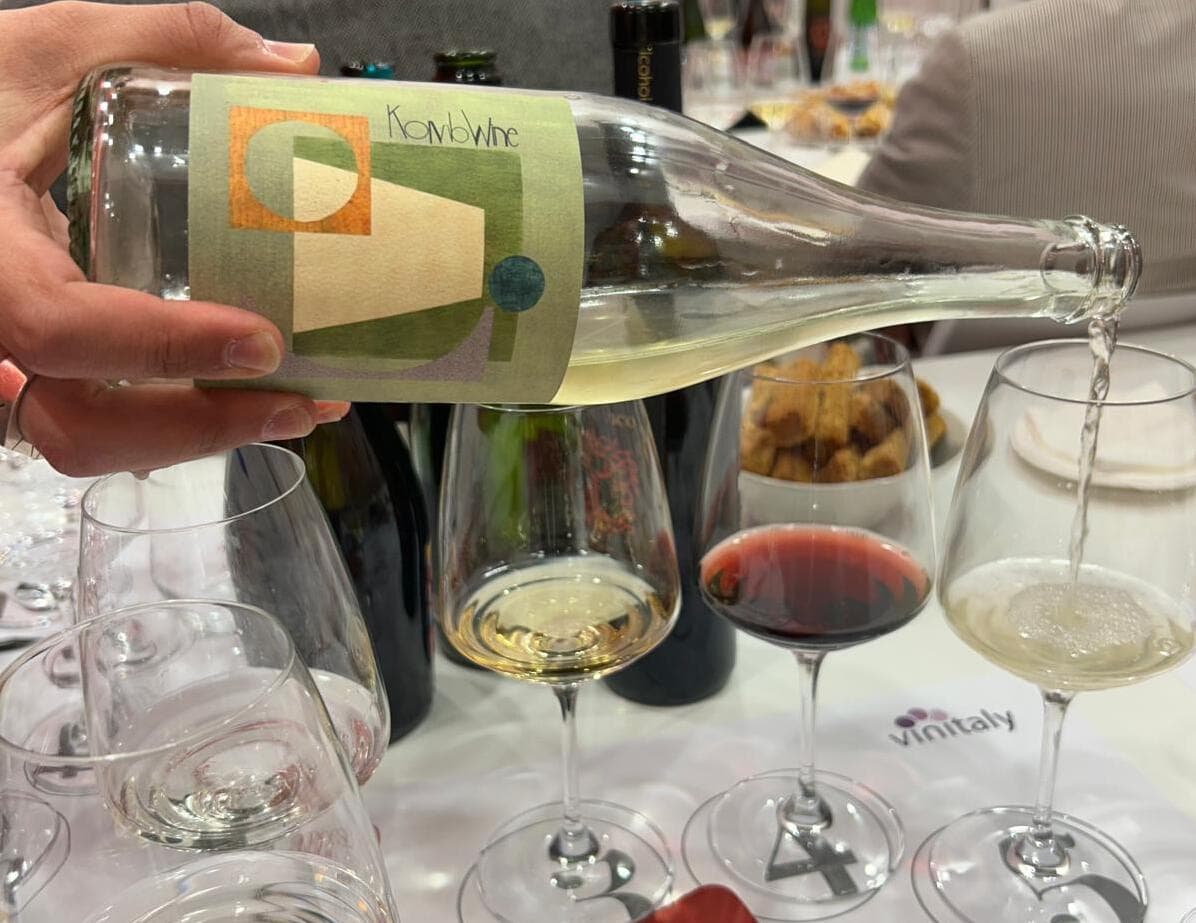For some time now, the spontaneous fermentation with fruit scraps has been the focus of scientific research, as well as inspiring the work of experimentation on doughs carried out by the big bakers and pizza makers, who use this technique to produce products with surprising organoleptic properties. In fact, there is no shortage of positive results: fermented waters play an important role in reducing food waste and increasing the shelf life of yeast products. Why are they still uncommon in specialised laboratories? Trivially, the reason must be attributed to operational difficulties and lack of awareness on the part of those involved. There are, however, other methods of using the unused parts of vegetables in the preparation of foods such as bread, pizza and cakes. One example is the fortification of flours, the focus of a study conducted by the Micro4FoodLab team at Bolzano University, composed of Marco Gobetti and Raffaella di Cagno (microbiologists and lecturers at the Faculty of Science and Technology), in collaboration with Dr Pasquale Filannino of University of Bari.
Flour with fruit waste: the idea of Bolzano University
The project was born almost by chance, from a brilliant intuition of Professor di Cagno: "I was researching the production of strudel at a confectionery company and I wondered if it was possible to recover the waste from the processing of apples included in the dough. Usually industries use them in fruit juices or animal feed, but I wanted to explore this further. " In fact, the energy intake of the leftover fruit is no less than that of the parts selected for processing for food use. " So, I thought I'd turn to fermentation, a form of low-impact, sustainable biotechnology that's finding wide use in the culinary field: just think of the recent boom in popularity of kefir and kombucha." With flours, however, the matter becomes more complicated. “The fresh product cannot be directly added to the dry product. So, we’ve done several tests, fermenting the apple peel, seed, and torso mass with some kinds of microorganisms, mostly lactic bacteria. Then we were able to isolate the microbial population naturally present in the raw fruit from those same wastes by performing a careful screening. In our opinion, this is where the innovation of research is.”
From fruit to flour. The waste-saving project
Obviously, we are talking about a completely different process than spontaneous fermentation for bread-making. The goal, however, is the same: "To reduce waste and enrich yeast products with nutrients beneficial to human health," explains the researcher. But how is it possible to make flour from fresh fruit residues? "After drying the apple mush until it becomes a very fine powder, we add it to a mixture of sourdough, water and two different types of flour - soft or hard wheat, depending on the case - following the classic recipe for sourdough bread. Having already supervised other similar research projects, Professor Gobetti and I were able to customise the basic preparation at a structural level, obtaining a bread fortified with fermented organic waste”. Of course, the amount of "fruit flour" is rather low (5-10%), but the final product boasts some very interesting characteristics.
Benefits of flour with fruit scraps
"Analysing the bread in the following days, we found a longer shelf life compared to the control samples without the addition of other dry ingredients,"explains Raffaella di Cagno. " In addition, our panel test results highlight the wide variety of aromas released from the crumb and crust. Without forgetting that this method has the advantage of delaying the fungal contamination of yeast products". What about nutritionally, what changes?" Fibre content. Unbelievable, but true: even a small amount of pulverised fruit affects the result. “ As regards the colour and texture of the product, there were no significant differences below a threshold of 5%, “this could encourage the use of enriched flour by bakers. ” Micro4FoodLab’s studies will certainly continue in this direction in the coming months. "Traditional fermentation gives us the opportunity to experiment with new forms of bio-recycle . Today, it’s not a small thing. ”
by Lucia Facchini


 Versace opens a super hotel with an Italian restaurant. Here's what Donatella Hotel & Restaurant in Miami will be like
Versace opens a super hotel with an Italian restaurant. Here's what Donatella Hotel & Restaurant in Miami will be like At The Crown Tirana, service and quality at the highest levels
At The Crown Tirana, service and quality at the highest levels We tasted Komb(w)ine, the new product that combines grape must and kombucha. Here’s our verdict
We tasted Komb(w)ine, the new product that combines grape must and kombucha. Here’s our verdict What changes for the export of Italian wines to China under the new regulations?
What changes for the export of Italian wines to China under the new regulations? “Forget dealcoholised wines. The future is Komb(w)ine.” Moser and Ravizza present a new grape must-based product
“Forget dealcoholised wines. The future is Komb(w)ine.” Moser and Ravizza present a new grape must-based product






